MCFG+2
Sat 10 Sep 2011 by mskala Tags used: linguistics, travelWriting this on September 10. I've been working very hard for the last few days, as well as struggling with technology issues (as mentioned, my computer in Canada seems to be kaput), so here are just a few notes.
Preparations for the Uneme festival are in progress. There's now an elaborately decorated barge sitting in the turtle pond. The hotel breakfast was very crowded on the morning of the 8th, and I figured it was because of people coming to town for the festival, though it hasn't been crowded since, so I'm no longer sure.
I went up to Kasuga Taisha on Thursday morning and took a closer look at things I hadn't had the chance to see during my visit with the tour group. Then I spent a full, tiring day in the conference, and went with a few people from the conference to an okonomiyaki restaurant for dinner. That was actually one of the most enjoyable meals I've had in Japan so far, even though I didn't have okonomiyaki myself this time but curry noodles. The conference has constantly had me going to fancier restaurants and getting a certain style of bento that seems to be locally typical. (Even the Chinese restaurant on the 9th ended up being typically Japanese bento.) It probably also helped that I got a little bit of ego boost from being the only person in my group who knew the Japanese language at all - they depended on me to read the menu and clarify things with the waiter (although his English was good) and I actually could.
I got into an interesting discussion about the semantics of "and" and "but." I'd figured, as a sort of outsider, that almost certainly linguists would have solidly figured that out decades ago, but no. I talked to what pass for experts on semantics, and it turns out nobody really has much clue of what "but" actually means. But my hope is that Fine's truth-maker semantics described at this workshop, which I mentioned in an earlier entry, may be able to resolve the question. If you say "P and Q" it's clear that that corresponds to the logic formula "P and Q." If you say "P but Q," that also seems to be logically equivalent to "P and Q"; but it definitely doesn't mean the same thing. My own thought is that really, "P but Q" corresponds to the formula "not (P implies not Q)." Do the Boolean algebra and you notice that that is logically equivalent to "P and Q"; but it's well-understood at least in principle that there is more to what sentences mean than logical equivalence, and so if we can have a semantics that sees "not (P implies not Q)" as distinct from "P and Q," then we should be able to account for the difference between "and" and "but."
Friday was the first day of MCFG+2, a satellite workshop on multiple context-free grammars. I can't say these are a huge part of my own research interests, but given that I'm coming as far as Japan it doesn't make sense to do all that just for one three-day workshop; I might as well stay a couple more days in Nara and get whatever academic benefit I can from the additional event. I imagine the organizers were hoping many people would see it that way, so as to get a good attendance for the days devoted to their own pet topic.
And it turns out the MCFGs are of some interest. I'm glad to get the opportunity to hear about the latest status of the topic. MCFGs, in very vague and simple terms, are systems that describe some extra levels of formal languages in between the context-free and context-sensitive languages that undergrad computer science students learn about. They're appealing both theoretically and for describing some things that happen in human natural languages. Dragging it into my own research, I'm interested in trying to express these or related formalisms in terms of geometric relationships between vectors; I was already looking at something similar for context-free grammars, and some of my ideas on that seem like they could generalize in a natural way.
MCFG+2 is in a different venue from the main workshop, namely the Nara International Seminar House. This is, at least from the outside, a traditional Japanese-style building. That means computer networking is even less available than at the Prefectural Cultural Hall where we had the main workshop. Availability of wireless has actually surprised me throughout my trip - I had expected more of Japan. On the other hand, the wired networking in the hotels has always been good.
A similar surprise is that general-purpose garbage cans are basically impossible to find in Nara. I would have thought in a place so obviously concerned about litter they'd make it easier to dispose of garbage properly, but no. There are recycling bins for bottles and cans, but only for those, at every vending machine. Rarely, in places like train stations, it's possible to find a bin labelled for 「もえるゴミ」 (moeru gomi, burnable garbage), which something like a blob of chewing gum isn't, really. I have seen just a couple of bins for non-burnable garbage in certain indoor locations, but they are precious. Maybe disposing of non-burnable garbage is really expensive here and nobody wants to pay to provide that as a service to passers-by; but it's hard to believe that it costs more than the small army of city employees whose job seems to consist entirely of going around with bags and tongs picking up litter all day. (And it's NOT like those people are kept very busy. The ground is spotless, everywhere, except for the piles of sacred-deer droppings.)
Japanese coffee cream is 50% fat, so even though the little sealed cups of it provided with coffee are smaller than in the West, each one is still equivalent to two or three North American coffee cream units. When poured into coffee it stays in unmixed blobs until stirred, because of literal oil-and-water effects.
Group lunch on Friday was at a Chinese restaurant where the food was really very Japanese in style; interesting to contrast that with the North American idea of "Chinese" food, which is equally authentic but totally different. Group dinner was at a traditonal Japanese restaurant. That one was very good (it better have been, it was pricey) and I enjoyed having the opportunity to try a couple of different kinds of actually good sake, in notable contrast to some bad sake I'd had in Canada shortly before coming here.
Now it's Saturday, the second and final day of MCFG+2. We have a full day of talks, including a group lunch, and then I'll be off-duty for almost all the rest of my trip (I do have one academic visit in Tokyo). Tomorrow I'll be making my way to Osaka.
torii, Kasuga Taisha
purification font, Kasuga Taisha
rare trio of stone lanterns
Stone lanterns at Kasuga Taisha were mostly in pairs or alone, apparently because of the practices of the donors who provided them (*two* stone lanterns was a popular donation). This is the only set of three I saw. The paper covers on some of them are shields to protect the candles that will be placed inside from the wind; and where those are torn or missing, it's usually because of the sacred deer eating the paper (which they like to do, even though it's not thought to be good for their health).
kitchen for cooking food offerings, Kasuga Taisha
ema, Kasuga Taisha
"Ema" means "horse." At one time, an actual horse was a popular offering. Over the centuries, that evolved into an offering of a wooden plaque shaped like a horse's stable from a certain historical era.
shrine maidens (miko), Kasuga Taisha
After you've got a few photos of the sacred deer (shika) it's not all that exciting to accumulate more, but I did take a few when, as here, they really seemed to be posing.
カーボンオフセットの木・carbon offset tree
shika, Nara park
okonomiyaki, Nara
The mugs of beer are, unfortunately, not really as big as they look in this photo - it's a trick of the perspective.
blood type love fortunes
采女まつり・Uneme festival
Hyoushi Jinja, Nara
Hyoushi Jinja sign, Nara
shrine cat
Japanese Chinese food
It took a bit of discussion with my local friends and several dictionary lookups, but I think I eventually determined that the yellow egg-shaped things in the lower-right compartment - which were often served as part of a local specialty (not shown here) that is a sort of savoury egg pudding with seafood and these things in it - are in fact gingko nuts. I didn't really like them and was pleased that they seemed to be specific to the Nara area.
Hotel Sunroute Nara breakfast buffet, Japanese table
Hotel Sunroute Nara breakfast buffet, Western table
sign: "Top Lady Cosplay Space"
Douso Jinja sign, Nara
NISH (with MCFG+2 sign)
1 comment








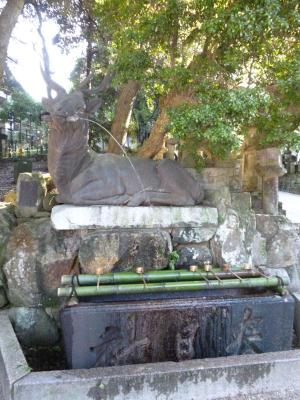
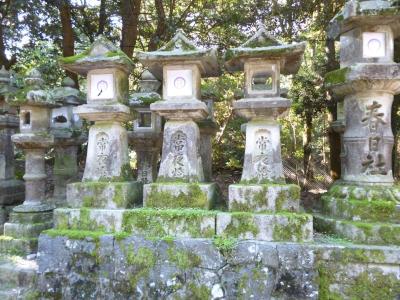
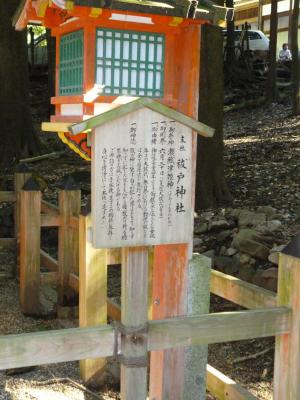





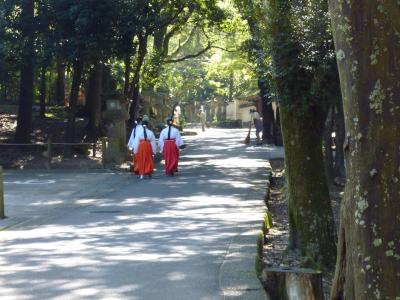





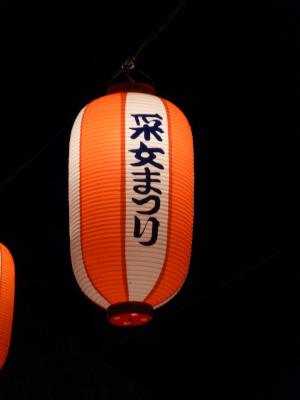
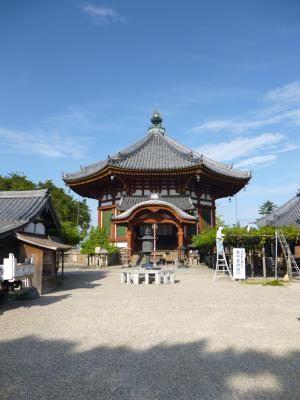

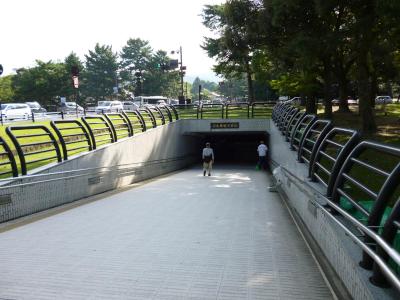
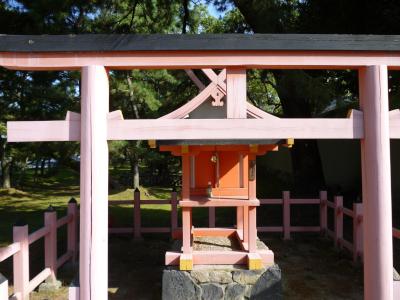
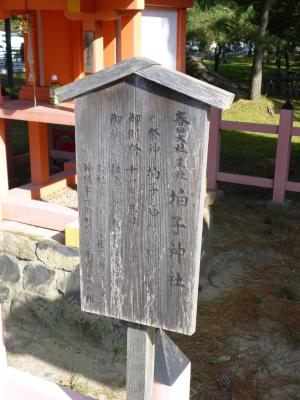
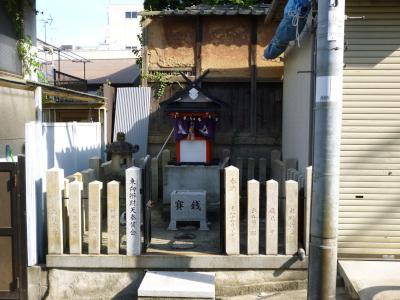
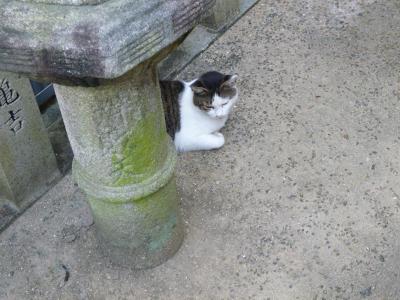
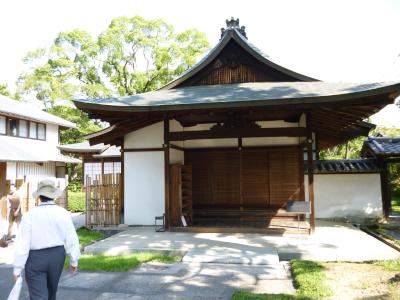
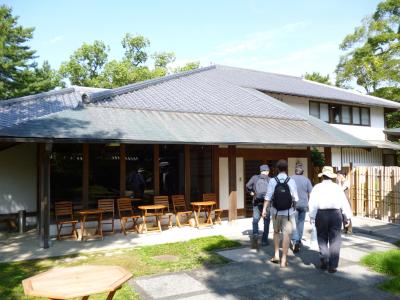

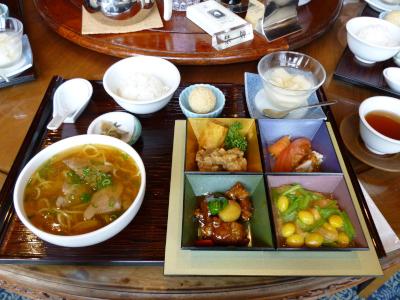
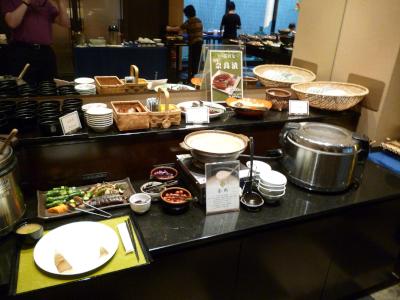

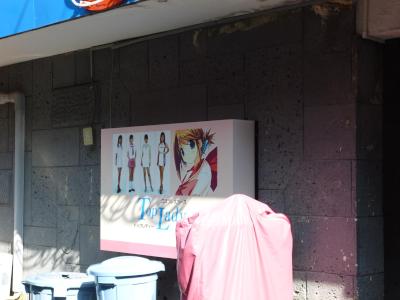


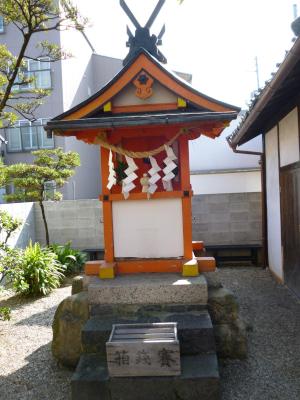
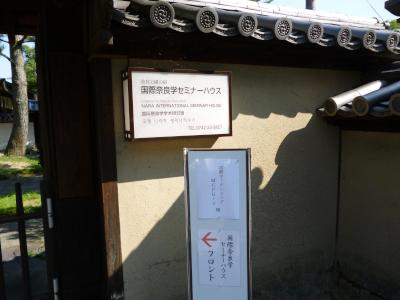
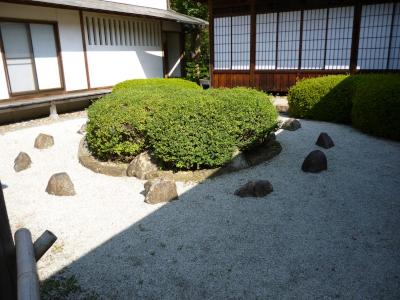
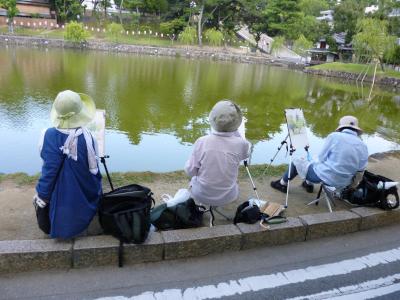

Paul N - 2011-09-10 22:00